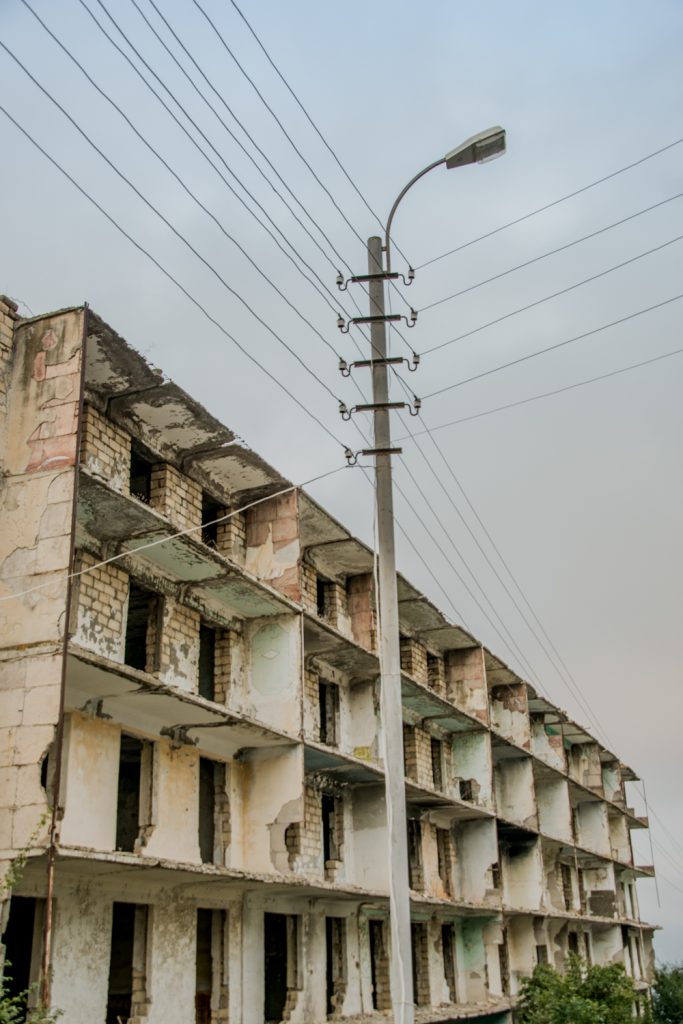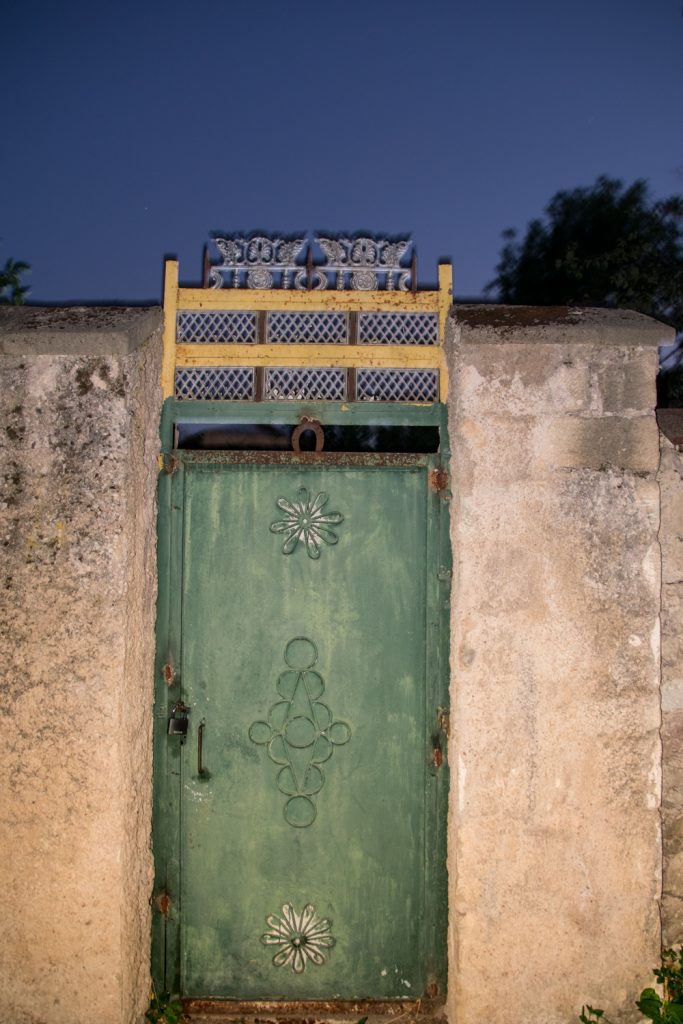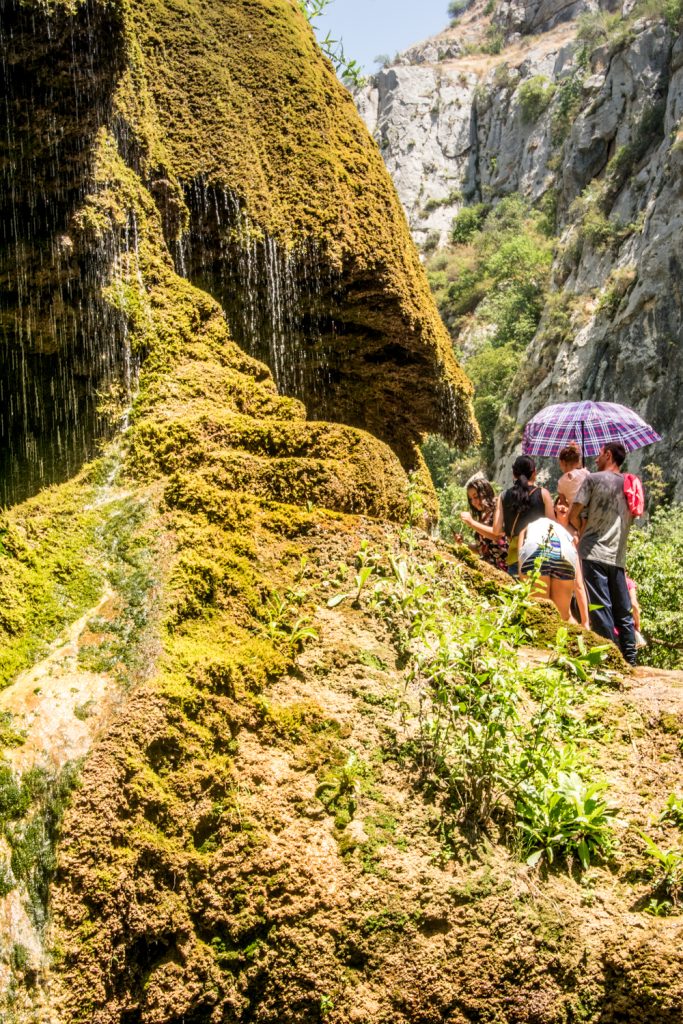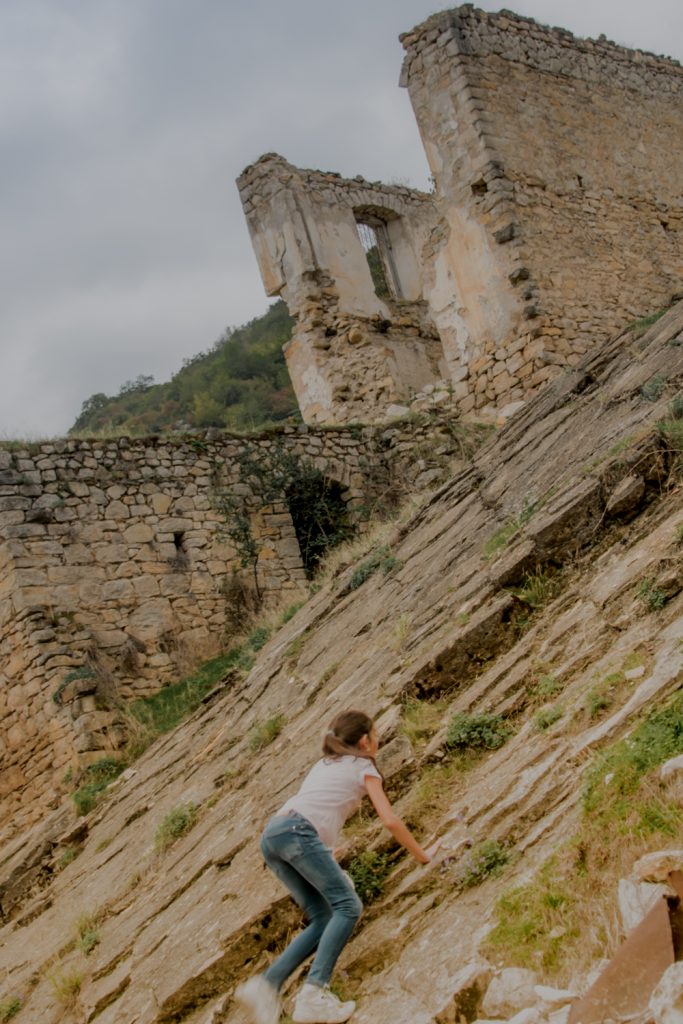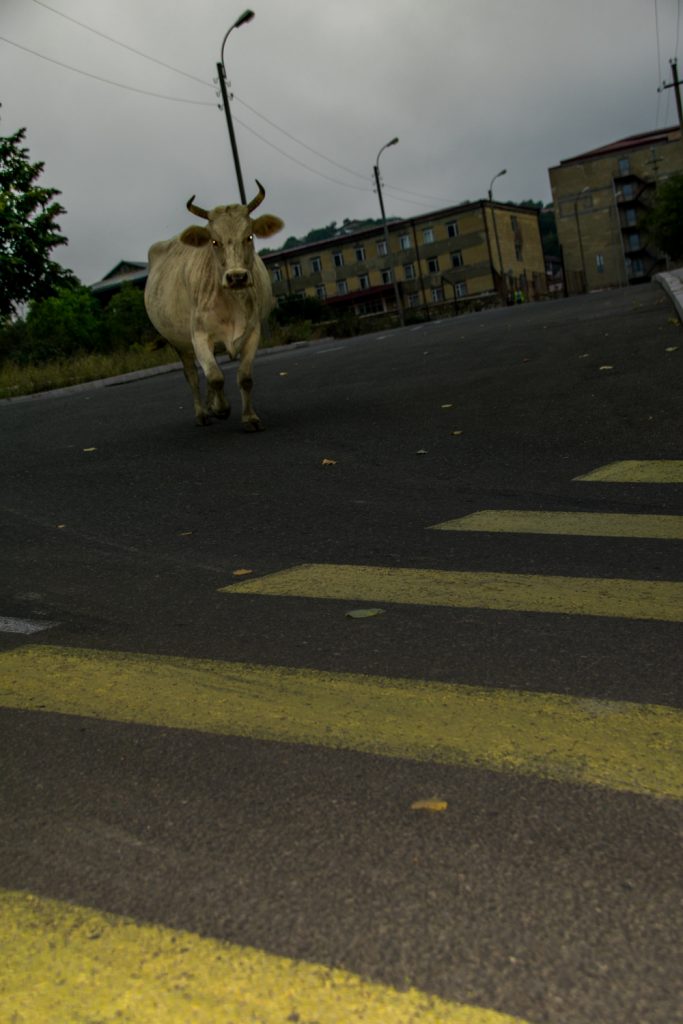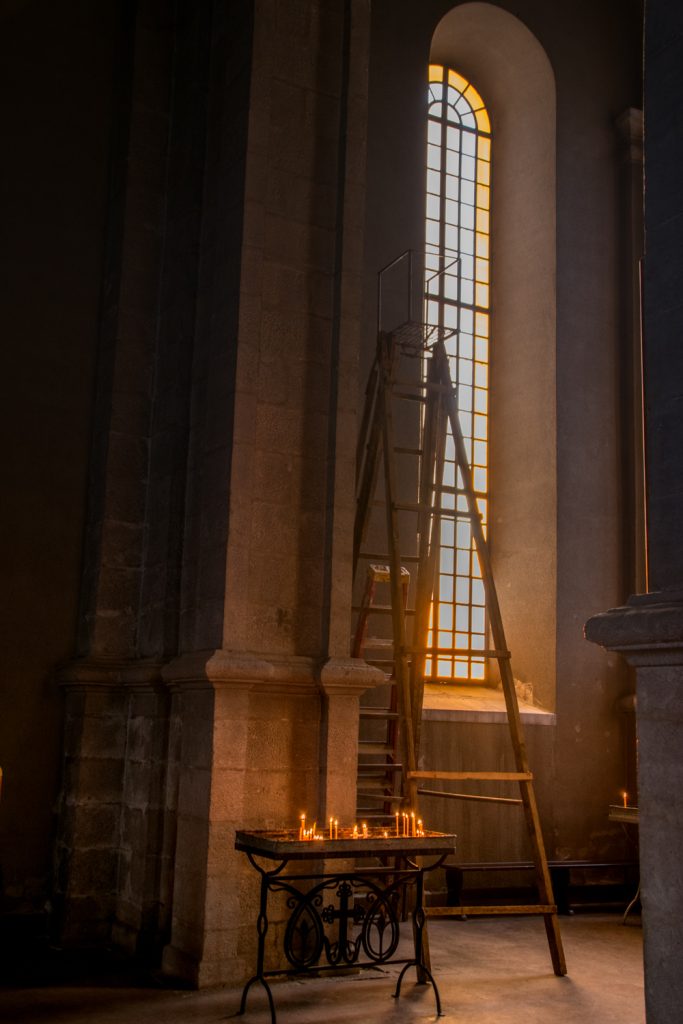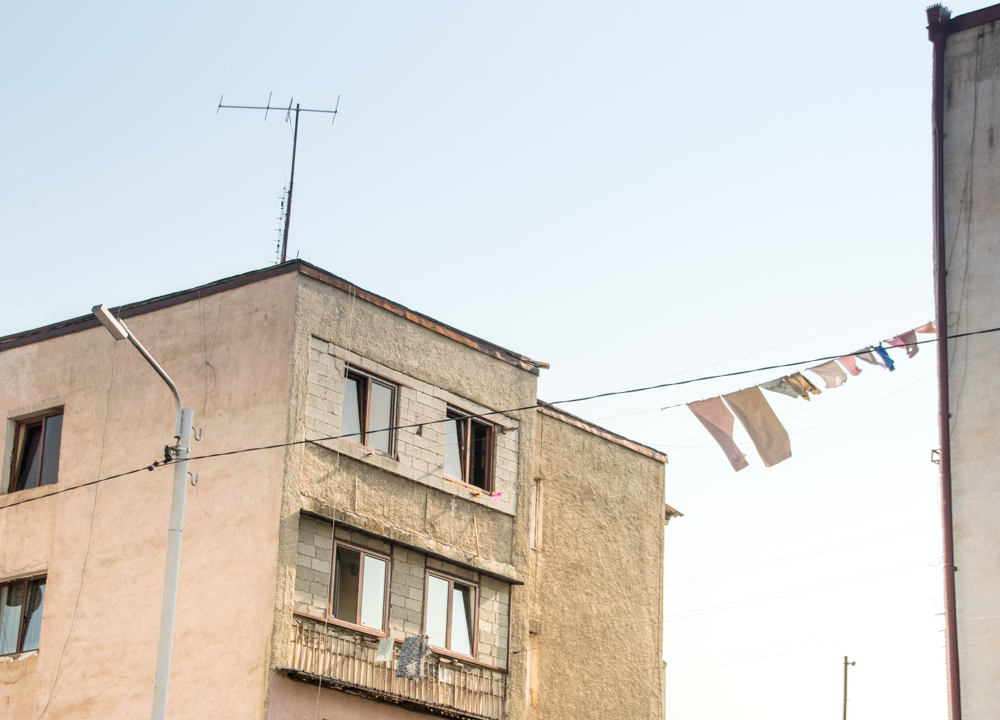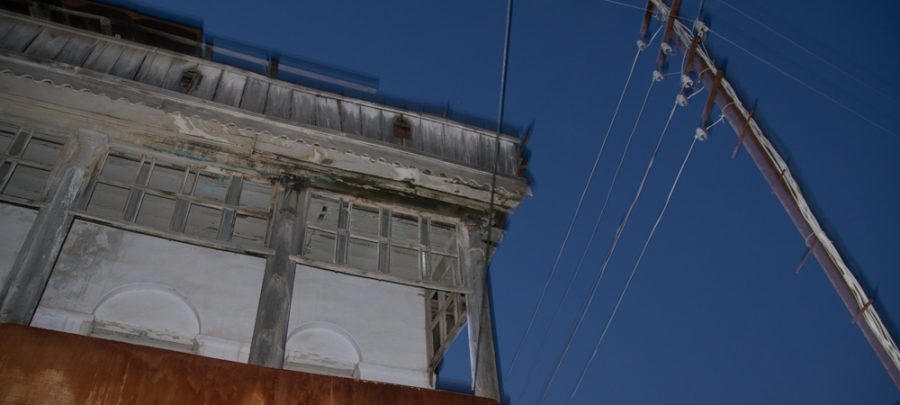By the Image Report Co-Founder Sofia Bergmann
A story from a nation that faces extinction. tIR Co-Founder Sofia Bergmann lived in Armenia and worked as a journalist for EVN Report in 2019 and traveled to the disputed region of Artsakh (Nagorno-Karabakh,) where the conflict has recently reached a tipping point. These photos from Artsakh were taken in 2019, the last year of peace since 1994 before the 2020 war with Azerbaijan broke out, followed by regular violence, encroachment in Armenia-proper, a debilitating blockade which deprived what remained of Artsakh from food and supplies since December, 2022, and most recently, an attack by Azerbaijan on September 19, 2023 in what has led to around 100,000 Artsakh-Armenian refugees fleeing to neighboring Armenia. Most of Artsakh’s territories fell to Azerbaijan in 2020, and now also the capital city of Stepanakert — Artsakh is now virtually empty of Armenians for the first time. Azerbaijan is conducting what many consider to be ethnic cleansing. The places depicted have been destroyed in a conflict that goes back to the Armenian Genocide and is also rooted in Soviet-era geopolitics. The people in this essay are either displaced, currently on the front-lines, in bunkers or worse.
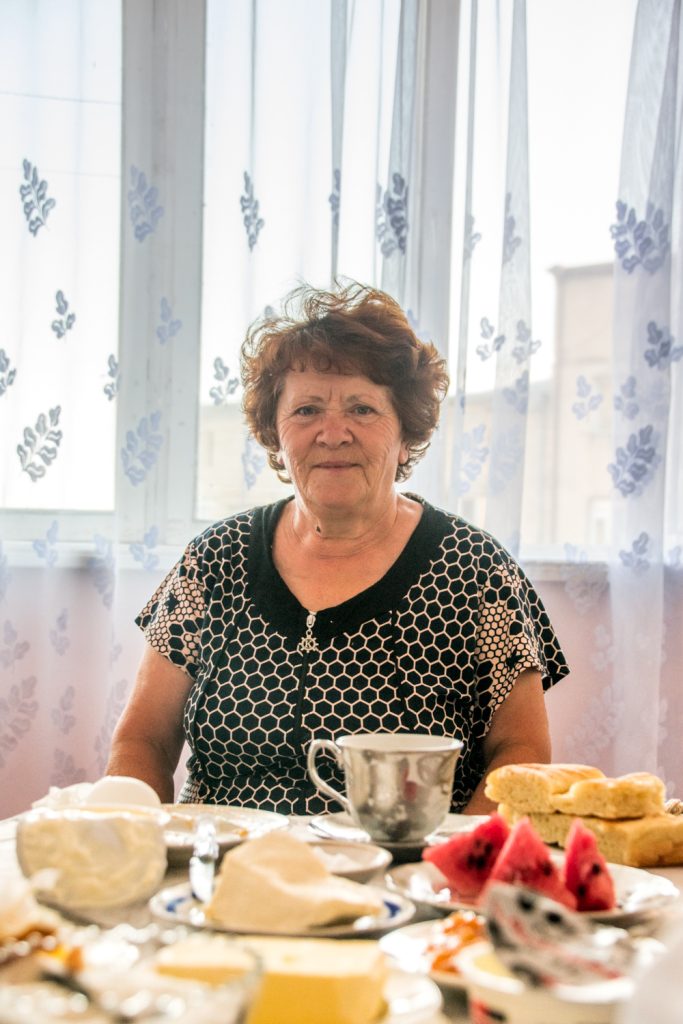
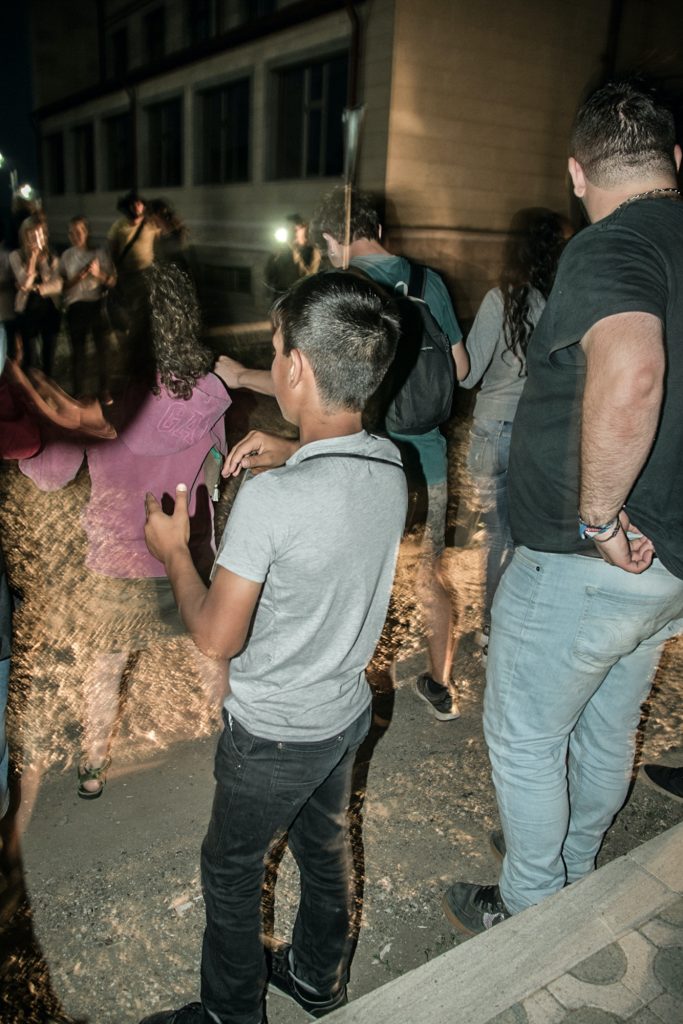
“I knew they were killing the children” — Galia (first image) describes sending her children on buses to safety during the first war over her home of Artsakh between 1988 and 1994. Artsakh (Armenian name for Nagorno-Karabakh) is an ethnically Armenian autonomous nation currently under attack by Azerbaijan and faces extinction. At the time of these photos, Artsakh had rebuilt itself in a 26-year ceasefire issued in 1994, and developed subcultures and a sense of hope in the absence of bombs. The people lived in constant fear and preparation for the fighting to start again but continued to push for a dignified future. While extremely layered and complex, the conflict’s impact on those living on both sides of the border has caused them to live in fear and hatred. Although now largely destroyed, the restoring of cultural sites, the sweeping mountainous landscapes, the emerging subcultures, and the people like Galia represented a thread of hope for Artsakh.
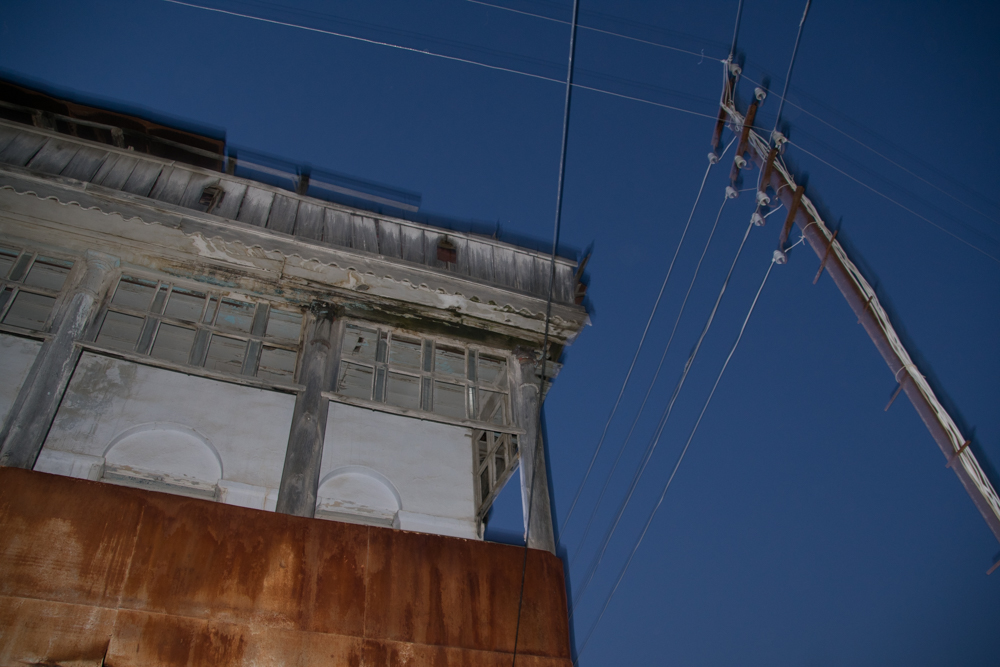
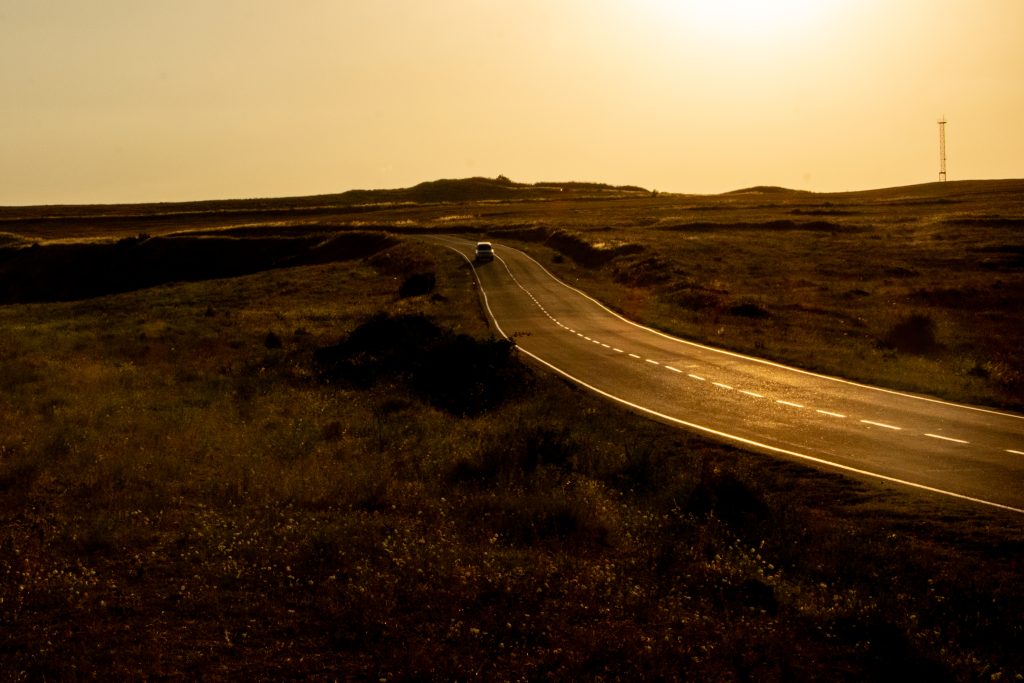
Thousands died on both sides during the 2020 war. Tens of thousands in Artsakh became refugees, including people in this series, and seven territories were lost along with almost 4,000 Armenian servicemen – among them teenage soldiers – and 80 civilians, maybe more. Footage has since surfaced such as the point-blank execution of Armenian prisoners of war, or the mutilation of dead soldiers, including the vulgar desecration of the soldier Anush Apetyan’s stripped body.
Heavy artillery and support from Turkey leaves Armenia and Artsakh largely outnumbered. What’s left of Artsakh is the capital city, Stepanakert, connected to Armenia through the Lachin Corridor mountain pass. The Lachin Corridor has been blocked by Azerbaijan since December 2022 and has deprived Artsakh’s population of food and supplies. Along with violence, starvation is being used as a war-tactic. War crimes commited by Azerbaijan are pending at the International Court of Justice and European Court of Human Rights while Azerbaijan continues to violate ceasefires, including the resumed attacks on Artsakh on September 19, 2023. This is all happening parallel to an EU agreement with Azerbaijan who is now an alternative gas-supplier to Russia in light of Russia’s war on Ukraine.
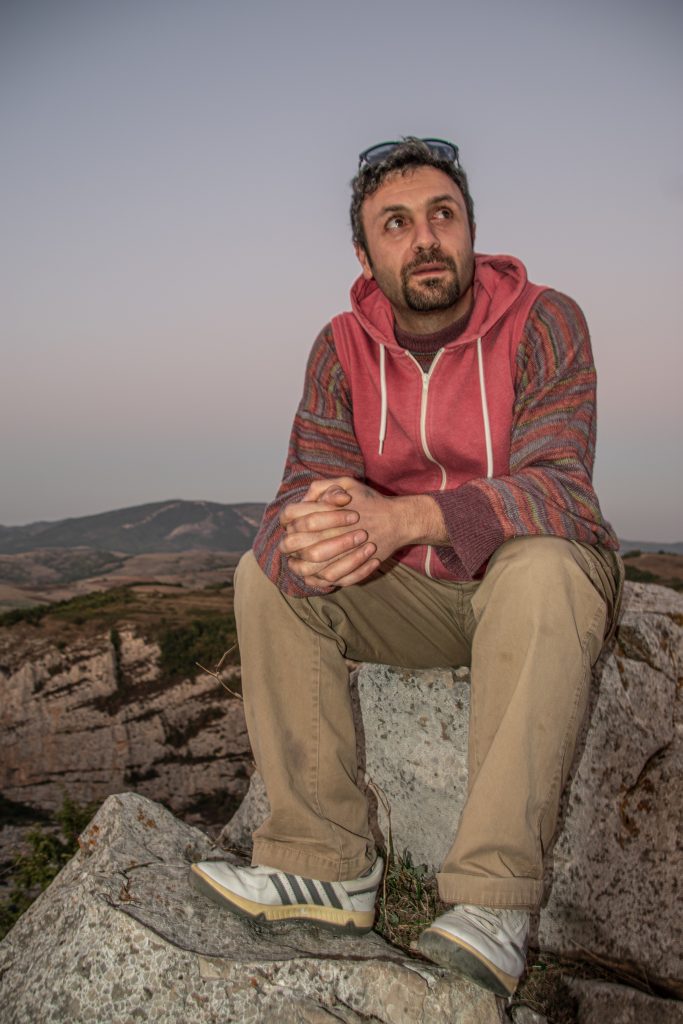
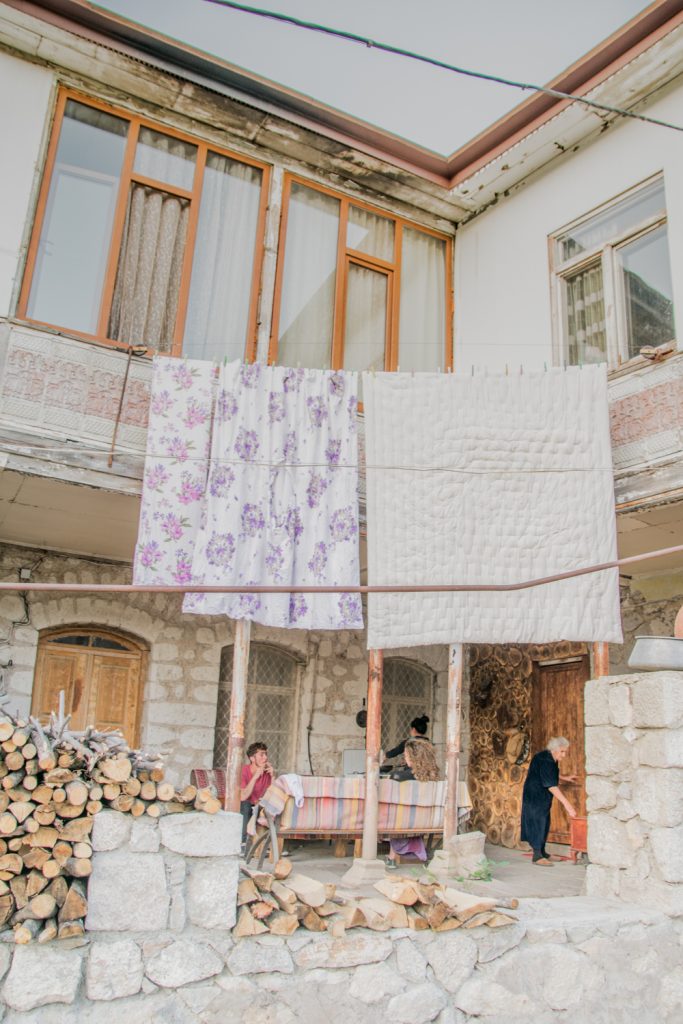
Background: Turkey, who fully backs Azerbaijan (a Turkic nation,) never having acknowledged its genocide on the Armenians in 1915 during Ottoman rule in which it wiped out most of Armenia’s population and territory at the time, has created long lasting tensions in the region between Armenians and Turks, which exist vicariously in the conflict between Artsakh and Azerbaijan. These tensions led Artsakh to gain independence from Azerbaijan when the region was under Soviet rule. As the Soviet Union collapsed, a brutal war over the autonomous but internationally unrecognized Republic of Artsakh broke out. Armenia was Artsakh’s only ally but was able to defend the territories, leading to a ceasefire agreement that lasted between 1994 and 2020. Artsakh has had its own democratically elected government and stands independently, using Armenian currency, and sharing a religion, history and culture with Armenia. Since Artstakh was declared autonomous, many Azeri families who returned to Azerbaijan have suffered tremendously as well, and continue to live in what have been considered to be slum-like conditions in Azerbaijan. President Aliyev has been criticized internationally for not taking action over the decades to help those families, in a way, using them as a symbol for Armenian aggression. But the lack of independent free media or democratic elections in Azerbaijan, along with an unfavorable human rights reputation and an information war on social media, has fueled the narrative in Azerbaijan that Armenia is the aggressor although Azerbaijan has been named as the aggressor by the United Nations, The United States, France, and others.
